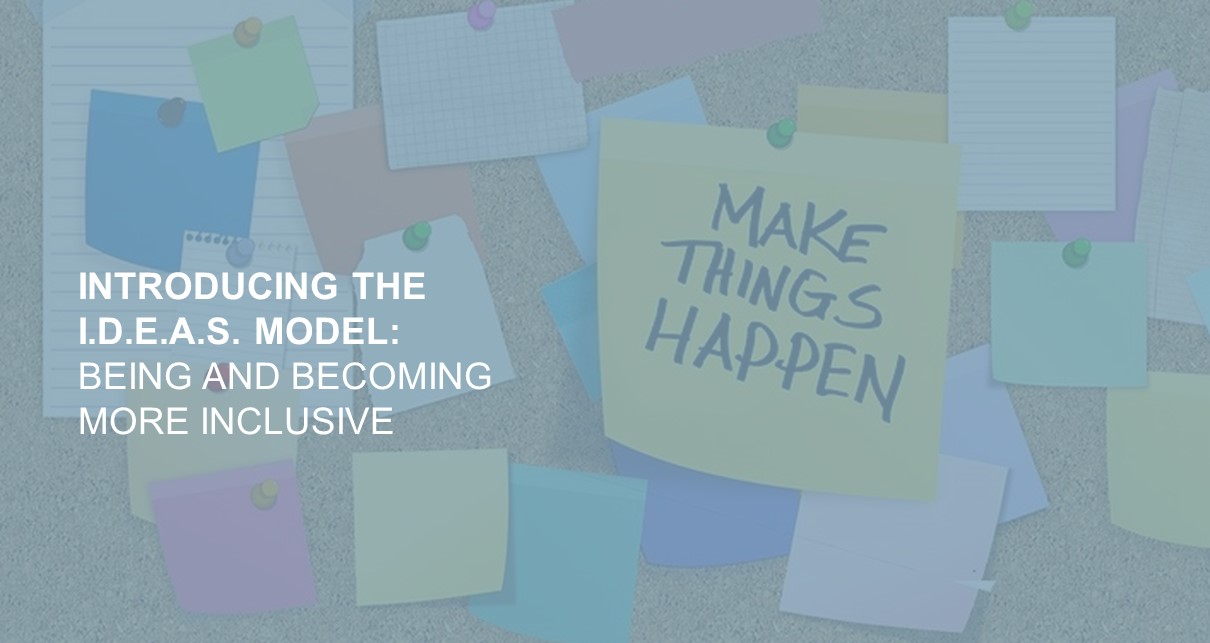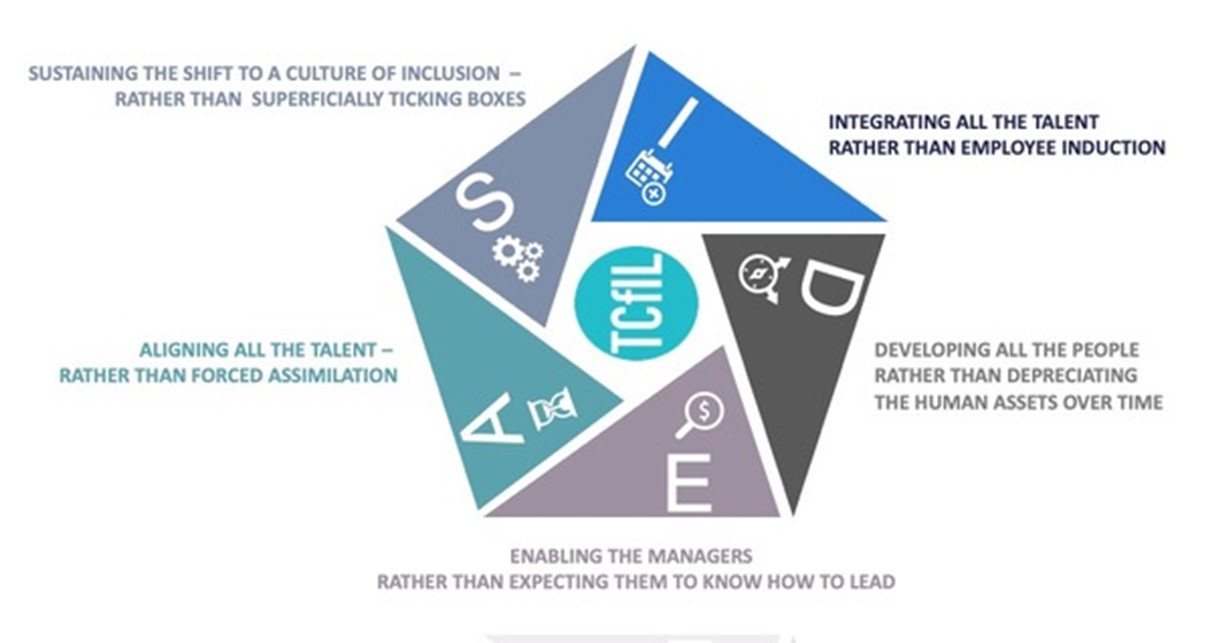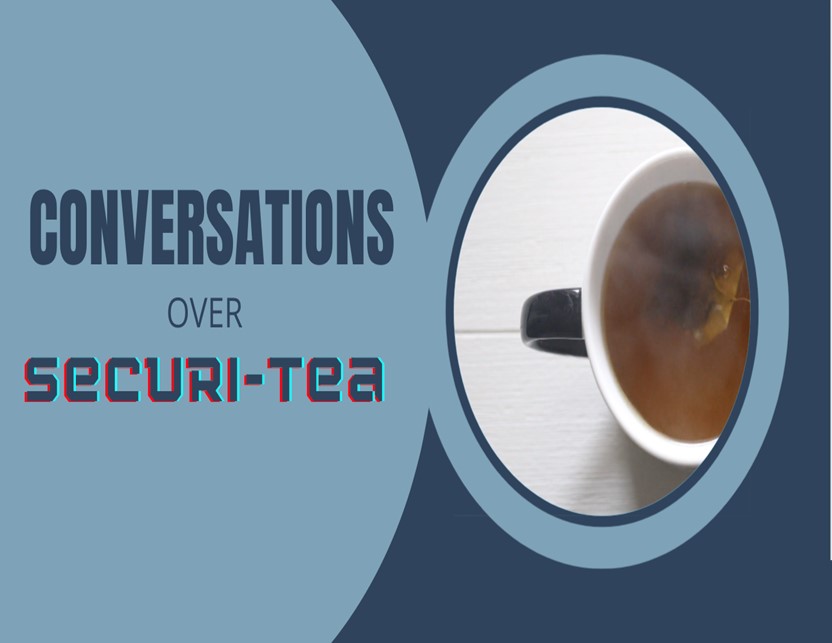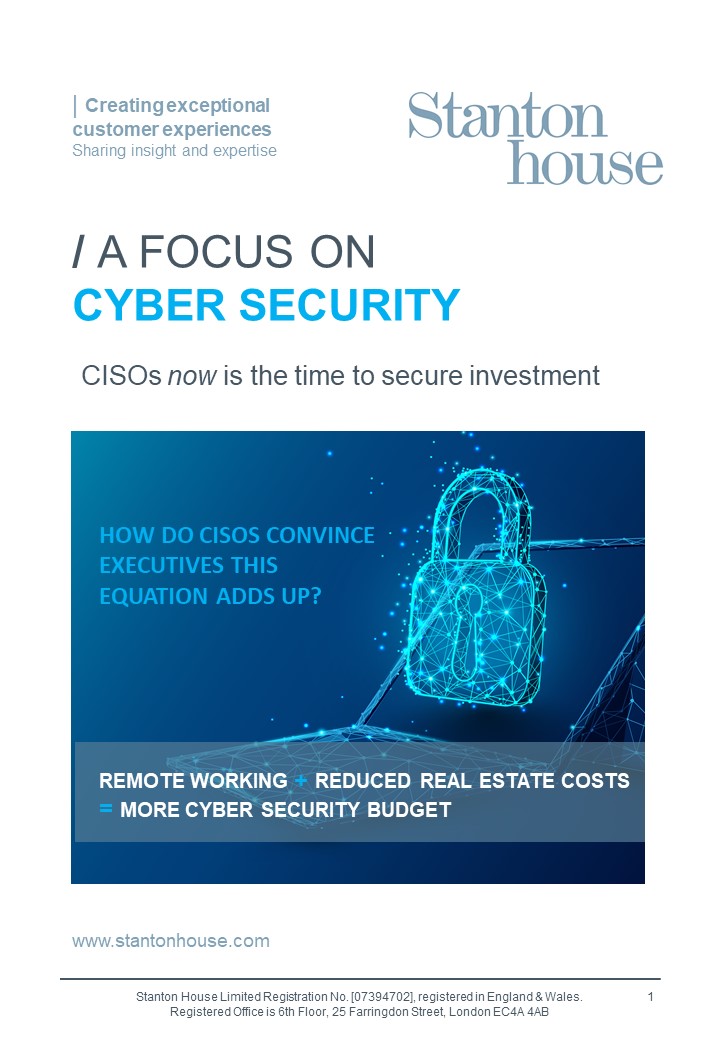

Inclusion is critical to every aspect of any business that is about people
In our last blog on this topic we explored the reasons why, in a world where most of us now live and work from home, inclusive practices matter now more than ever. Inclusion is a critical success factor for employee performance and retention, and this has never been so true now that so many people across the world are practicing varying degrees of self-isolation and social distancing.
This week we bring you more expert insight from our guest blog author, Paul Anderson-Walsh, Co-Founder of the Centre for Inclusive Leadership. Read on to learn about the I.D.E.A.S. © model on being and becoming more inclusive.
 Paul Anderson-Walsh
Paul Anderson-WalshInclusion sits at the heart of creativity, innovation and productivity
In truth, in almost every community there are groups that often feel vulnerable, afraid and sometimes isolated, because they don’t have a sense of belonging. They feel excluded. In organisational life, when people feel excluded there are huge implications for companies seeking to be more creative, innovative or wanting to maintain or increase productivity and reduce costs.
We believe inclusion sits at the heart of creativity, innovation and productivity. Our research tells us that when people experience exclusion, they feel – isolated, depressed, misunderstood, ashamed, devalued, angry and frustrated.
These emotions do not make for a great in store experience for anybody. Yet many organisations act as though inclusion was just a word to add on to the ‘equal opportunity and diversity’ agenda, which, they assume is about compliance, and miss the fact that inclusion is about performance.
Whilst some organisations still perceive diversity as a problem to be solved, the inclusive organisation sees diversity as an asset that adds value and, moreover, knows how to manage inclusion in order to get the added value from diversity. We assert that the extent to which people are included is the extent to which you get value from diversity and can expect to drive profit and sustained performance along with enhanced brand reputation.
At The Centre for Inclusive Leadership, we have developed a model that organisations can use to turbo-charge their journey towards being authentically inclusive. We call this model I.D.E.A.S.©
The I.D.E.A.S.© model
The I.D.E.A.S.© model provides a framework that enables organisations to better understand where they need to focus their efforts if they are to develop and sustain an inclusive environment in which everyone can be their best self and do their best work.
Organisations need to be intentional if they are to create inclusive ecosystems in which everyone is integrated, developed, enabled, aligned, and able to work in a sustainable way with one another and guarantee that everyone gets the five-star treatment.

In an inclusive organisation success is underwritten by...
Integration, rather than…Induction
Development, rather than…Depreciation
Enabling, rather than…Expecting
Align, rather than…Assimilate
Sustainable, rather than…Superficial
In this first of a series of articles I will explain the first element of this model, ‘Integration’…
Integrating all the talent
It is reported that between 30% and 50% of new hires off-board in the first two years (and at no small cost to the business, I might add). It is therefore worth asking how, in an inclusive organisation, on- boarding is an integral part of the development and retention process.
In organisations that aren’t fully alive to inclusion the on-boarding practice typically takes the form of an induction “day”. This might take an hour, and pretty much consists of exchanging a few documents/bank details, P60 etc. In exchange for which, the newbie gets shown where their hot desk is, given an e-mail address, a log-in code, pointed in the general direction of the photocopier and the kitchen and given a staff handbook which she needs to familiarise herself with and subsequently confirm that she has understood and is prepared to adhere to the company’s rules and regulations and policies.
Parody aside, in an inclusive organisation, the on-boarding process is about integration not induction. We call something (or someone) Integrated when it or in this case the new joiner is related to the new organisation in such a way that they form a new (expanded) united whole.
I can recall that at a recent workshop for one of our retail clients that in the plenary feedback from an exercise that involved each of the participants sharing a story about a time when they felt different from others around them, that one participant began her recount by saying: “I’m new here. I’ve only been here two years…” after a predictable point of clarification from the facilitator she continued, “… and well, I found myself trying to fit in as you do.”
Rather than becoming part of an integral entity, all too often “new” joiners are left with the unenviable problem of finding a way to fit in. Fitting in nearly always involves selective editing of the parts of ourselves and our stories that we don’t think will “fit” here.
A meaningful EVP is key to integration
Any organisation that charts a course towards inclusion needs to have at its fingertips the forensic evidence that allows it to measure to what extent, if any, people who are different from “us” are having to edit or crunch themselves in order to survive in the roles.
Inclusion is about fitting together. It is about true integration – rather than simple induction. The prize it’s aiming at is to unleash the extraordinary power that comes from fitting together rather than just fitting in... One of the features of an inclusive organisation where the goal is integration rather than induction is that they have a very clear and compelling narrative around their (Inclusive) Employee Value Proposition (EVP). Just like your customers, your top talent have choices. They don’t have to work for you. So, you need to be clear about What’s in it for them…? What will a person gain (that are more than merely hygiene factors, like salary) in return for their capability, creativity, know-how, advocacy and discretionary effort that they are going to bring to your organisation in order to help you achieve its objectives?
Organisations have rightly focused their attention on developing compelling Customer Value Propositions CVPs. A couple of memorable examples being: L’Oreal’s “Because you’re worth it” no doubt your organisation will have its own CVP. But one of the key reasons that talent retention is so poor is that employers either don’t have a clear Employee Value Proposition (EVP) or worse, they do, but fail to live up to them and so message to their EVP rather than being core is tokenistic and susceptible to being compromised.
A meaningful EVP is key to integration. There also needs to be a resonance between the EVP and the CVP. The two must be aligned. Neither can be compromised. To compromise on one of the statements is to put the other at risk.
By enabling your customers to achieve what they want and to enable your employees to do the same is the surest way to achieve what you and your organisation want.
5 Top tips for integrating rather than inducting
1. First commandment of retail: Love thy customer. First rule of I.D.E.A.S. is love all your people
2. Have and live out your company’s EVP
3. Be clear about your why and theirs
4. Ensure that the working environment is psychologically safe
5. Recognise that the on-boarding process might stretch itself to at least one (probably two) performance management cycle(s)
Look out for my next blog where I explain the next element of the I.D.E.A.S. model ‘Development’.
Share your insights
We’d love to hear from leaders on how you are adapting, implementing and assessing your workforce engagement and inclusion strategies as a result of the Covid-19 crisis. Please get in touch to share your insights.
Similar blogs




